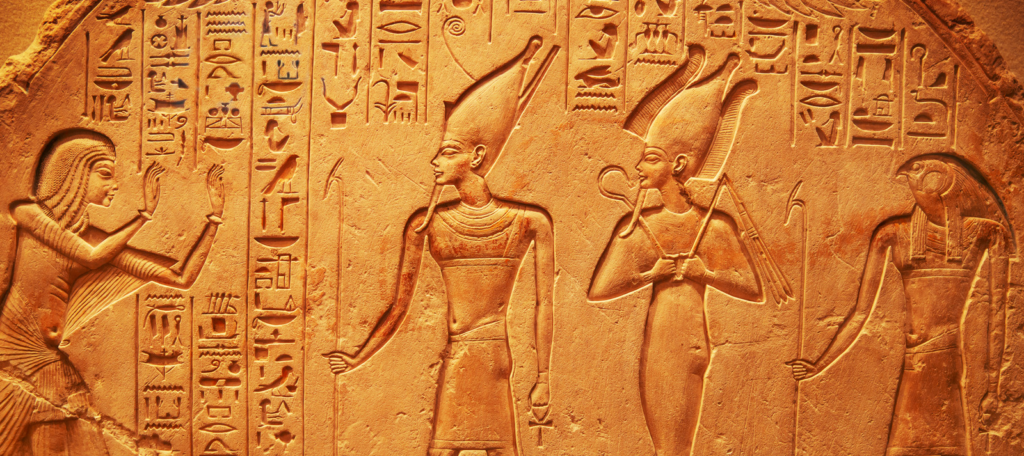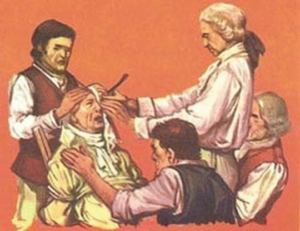Cataract surgery has come a long way over the centuries. From ancient practices like “couching” to modern surgical techniques, the evolution of cataract surgery has been remarkable. In this post, we will take a look at the history of cataract surgery, including its ancient origins and the advancements made in modern times.
Ancient Practices


The history of cataract surgery dates back to ancient times. One of the earliest recorded methods of treating cataracts was called couching. This technique involved using a needle to push the clouded lens to the back of the eye, out of the line of sight. While this method could provide some temporary relief, it often led to complications such as infections and damage to other parts of the eye.
Couching is estimated to have been practiced as early as 2000 BC in ancient Egypt and India. Back then, they used cactus spines! The procedure was also used by the Greeks and Romans, and continued to be used for centuries, even up until the 20th century in some parts of the world.
Evolution of Surgical Techniques

Over time, surgical techniques for cataract surgery evolved. In the 18th century, French surgeon Jacques Daviel became the first person to successfully remove a cataract from the eye. His technique involved making a small incision in the eye and using a needle to push the cataract out. This method became known as extracapsular cataract extraction and was used for many years.
In the 20th century, new surgical techniques were developed, including intracapsular cataract extraction, which involves removing the entire lens, and phacoemulsification, which uses ultrasonic energy to break up the lens before removal. These techniques led to shorter recovery times and fewer complications.
Recovery Process

The recovery process for cataract surgery has also evolved over time. In the past, patients had to stay in the hospital for several days after surgery and were required to wear an eye patch for weeks. Today, most cataract surgeries are performed on an outpatient basis, and patients can return home the same day.
The recovery process for modern cataract surgery is typically faster and less invasive than older methods. Most patients can resume normal activities within a few days after surgery and experience few complications.
Conclusion
The history of cataract surgery is a fascinating one, filled with ancient practices, groundbreaking techniques, and incredible advancements. Thanks to modern technology, cataract surgery is now a safe and effective procedure that can help restore vision for millions of people worldwide. If you are experiencing vision problems, it’s important to talk to your doctor about whether cataract surgery is right for you.
Remember to always consult with a qualified medical professional before undergoing any surgical procedure.